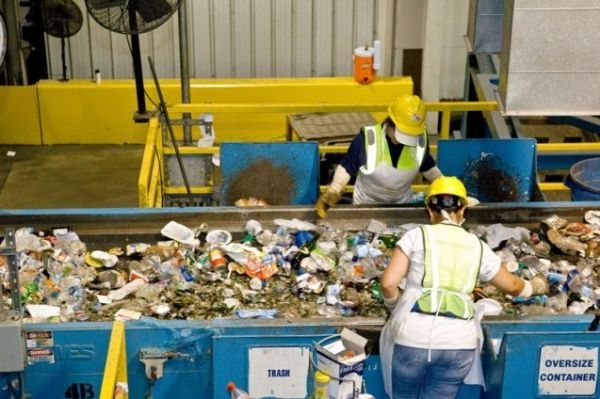Recycling in the U.S. is broken. In 1960, Americans generated 2.68 pounds of garbage per day; by 2017, it had grown to an average of 4.51 pounds. And while many Americans dutifully put items into their recycling bins, much of it does not actually end up being recycled. This post will explain why, and talk about potential solutions.
Many recyclables become contaminated when items are placed in the wrong bin, or when a dirty food container gets into the recycling bin. Contamination can prevent large batches of material from being recycled. Other materials can’t be processed in certain facilities.
Moreover, many items that are collected, such as plastic straws and bags, eating utensils, yogurt and takeout containers often cannot be recycled. They usually end up being incinerated, deposited in landfills or washed into the ocean. While incineration is sometimes used to produce energy, waste-to-energy plants have been associated with toxic emissions in the past.
Landfills emit carbon dioxide, methane, volatile organic compounds and other hazardous pollutants into the air. And our oceans are drowning in plastic waste.
Continue reading at Columbia University Earth Institute
Image via Columbia University Earth Institute


